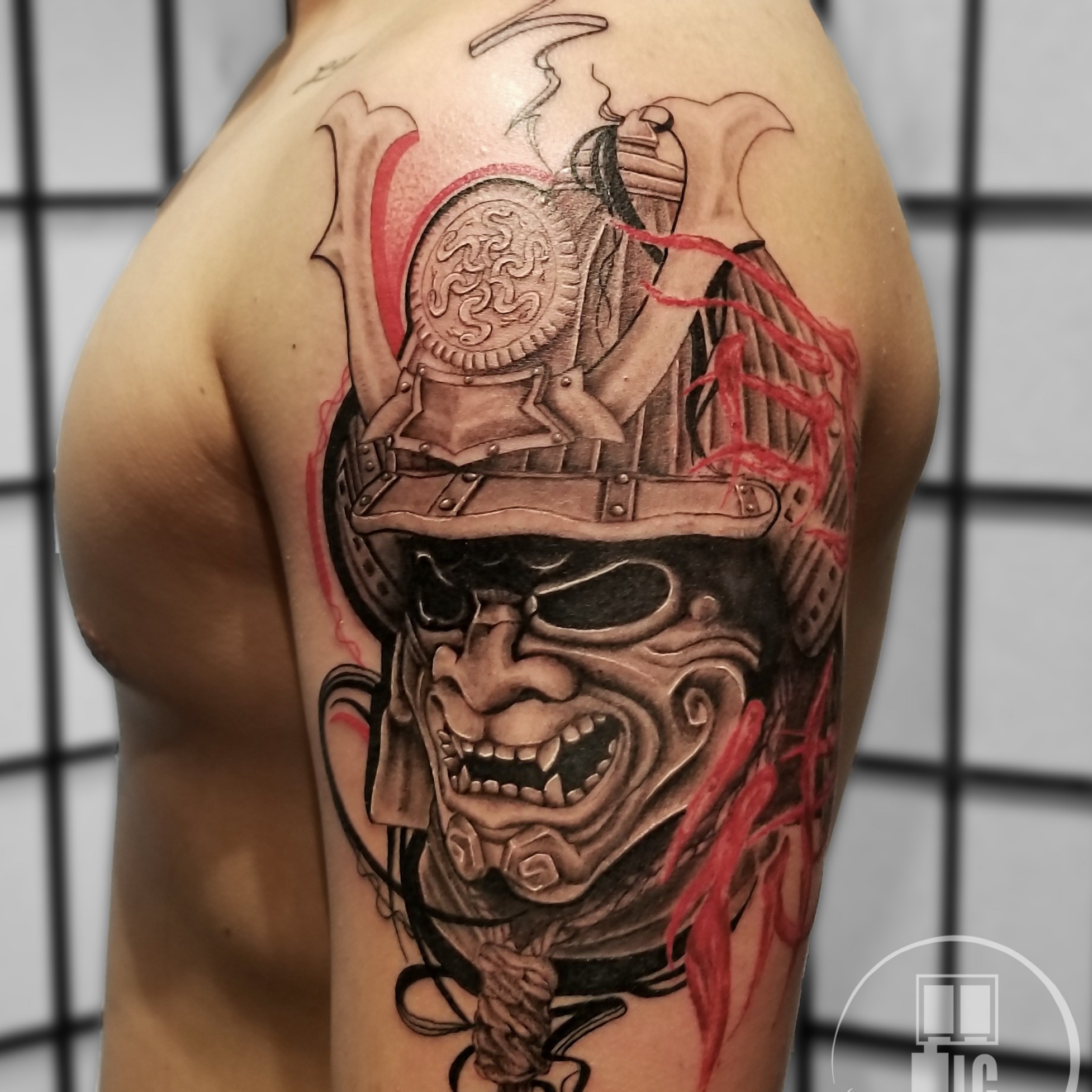
Within the first week after laser tattoo removal treatment, it is normal for some swelling and redness to appear. This is a natural part of your body’s immune response process. The redness and swelling should go away on their own within several weeks. If they persist beyond that point, it could indicate an allergic reaction to the ink used or an infection.
Granulomas
A granuloma is a benign nodule or lump that forms when your body tries to contain foreign materials. They can occur in your lungs, head, or skin. Granulomas usually do not require treatment but can serve as symptoms of other conditions. Infections may cause lung granulomas, inhaled metal particles or toxins, autoimmune or inflammatory diseases, or general cell damage. Granulomas can be noninfectious, but certain infectious diseases and fungal infections can also cause them. Serologic testing can detect an infection. Identifying the cause of your granuloma can help determine the appropriate treatment approach. Resolving any conditions is crucial to prevent reoccurrence and the need for additional surgery.
Hyperpigmentation
Hyperpigmentation is a common issue that can occur after tattoo removal. It is characterized by darkening of the skin and can happen anywhere on your body. Sun exposure, medications, and hormonal fluctuations are common causes of hyperpigmentation. Various cosmetic treatments such as Cosmelan and chemical peels can address hyperpigmentation. Laser treatments like Fraxel may permanently diminish age spots or sun damage. However, laser treatments should be avoided if your skin has melasma or has undergone previous laser treatment. Limiting sun exposure and wearing sunscreen can help prevent hyperpigmentation from returning. Gentle skincare products tailored to your skin type can also prevent future episodes.
Hypopigmentation
Medication or cosmetic creams can help even out the complexion and restore harmony to the skin. Although hypopigmentation is often mild and self-correcting over time, it can be distressing. If it significantly affects your confidence or mental well-being, consult a medical provider for treatment options.
Infection
After laser tattoo removal, it’s not unusual to experience redness, swelling, translucent fluid oozing, itchiness, or flaking in the treated area. However, if these symptoms persist or indicate an infection, you must visit your physician promptly for proper treatment. Conditions following tattoo removal can lead to serious health complications and lasting scarring. Practicing proper aftercare can significantly reduce the risk of infection.

